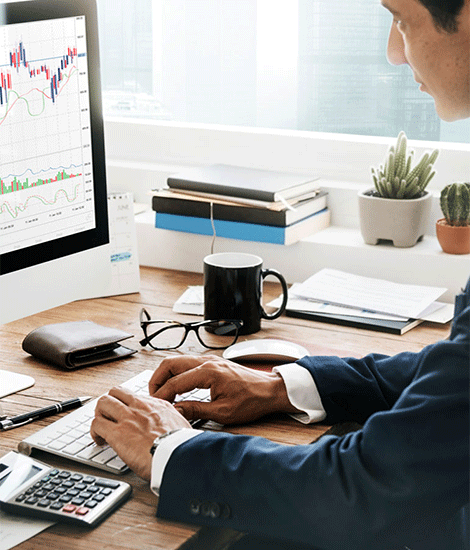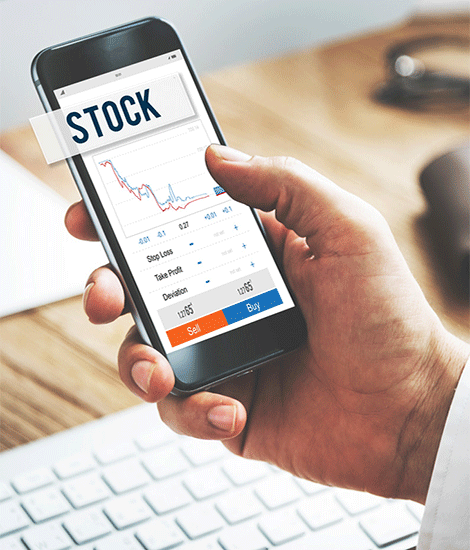Introduction to financial markets
4.5-minute read Introduction to financial markets Welcome to the FOREX.com Trading Academy. Let’s get started at the very beginning – what financial markets are, and a few key concepts you need to know. What are financial markets? Asset classes What affects the markets? Who trades financial markets? Bulls vs. bears What is volatility? What is liquidity? What are financial markets? Financial markets are how people and companies buy and sell assets: currencies, commodities, stocks, indices, cryptos, and more. People have traded financial markets for hundreds of years. They grew out of a practical need: to help people buy and sell things more ...



